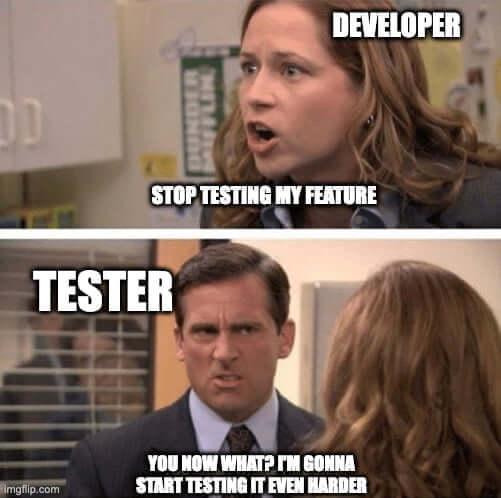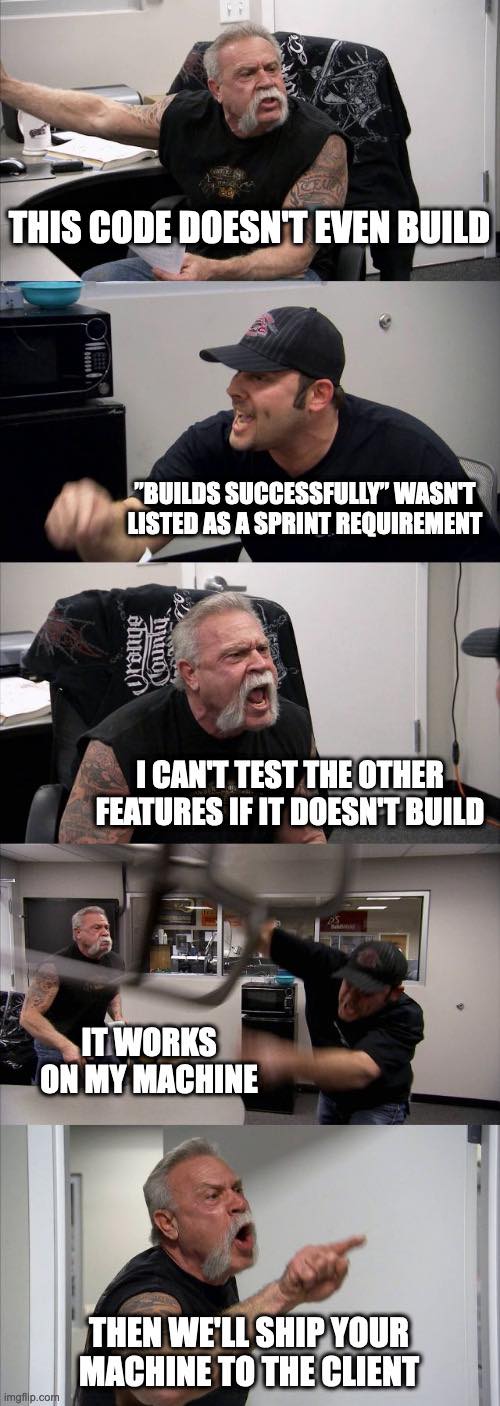Ease of navigation is closely linked to user experience - it can make or break how the user interacts with your website. From being able to find and use your navigation menu, through to the user being able to find the information they are looking for, it is important to ensure your navigation options are cleverly designed and stick to best practices.
If visitors are having difficulty with your navigation options, you are missing an opportunity to either create a conversion, delight your customer or engage a potential client.
When it comes to your website usability, here are some things you can focus on to ensure your site’s navigation is a user-friendly one:
1. Keep it simple
While this one may sound obvious, it is important to ensure that you avoid making your navigation difficult to comprehend. Examples of this include cluttered navigation menus, disorganized sub menus
2. Keep it predictable
While creativity makes your website stand out and is great to catch a user's attention and provoke emotion, it is important not to practise creativity in areas where predictability is preferred by the user or visitor. Such as when creating your navigation menu or the placement thereof.
3. Keep it consistent
It is key to keep the theme and structure of the different pages of your site consistent. Check our CakeDC.com menu and the different pages, each page keeps the overall theme and structure consistent. This is to ensure that your user is able to make sense of the content as quickly as possible when switching between pages.
4. Have a clear hierarchical structure
Every category and clickable sub category should have a clear hierarchical structure and should be visible in your menu. Doing this gives your user a clear view and pathway for them to go to the exact page or content that they are wanting. This point is particularly important for website that have a wide range of products or services.
5. Make it distinct
Navigation options should be clearly visible and easy to find. They should stand out from other graphics, images or backgrounds. This can be done through size, color and font.
6. Link the logo to the homepage
A good practice is to link the homepage to the logo of your company on your website. This logo should be in the same place on every page. Users have a high tendency to click on your logo, with the expectation that it will lead back to the home page as this is a generally predictable behavior across websites and design practices.
7. Always include a search bar
Search bars are necessary for making your website more usable to your visitors. Some visitors only want to find information by using a search bar within your site. Offer your users a way to navigate through your website without having to go through every page or menu option.
 BUT...
BUT...
 It is not like we want to detroy what you have created but...
It is not like we want to detroy what you have created but...
 And we have to report it, it is our job...
And we have to report it, it is our job...
 It is not like we think
It is not like we think
 I mean
I mean


 I know you think
I know you think
 But remmember we are here to help xD
But remmember we are here to help xD
 Happy Holidays to ya'll folks!
Happy Holidays to ya'll folks!


